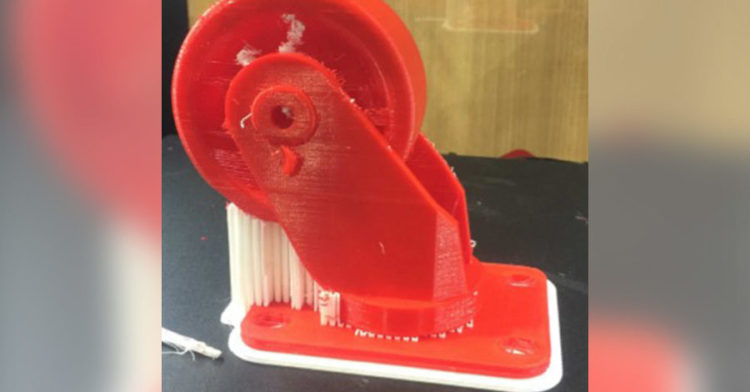Richmond Wheels & Castor Co is at the forefront of engineered material handling solutions including heavy-duty castors, machined components, wheels, general engineering works and has direct access to onsite engineers. Richmond has a complete range of material, handling products suited to the home or office, as well as the heavy-duty industry.
Richmond moved into manufacturing material handling products in 1961 and have 61 years of experience in the Australian manufacturing industry, they are also among the last standing Australian manufacturers. Being a major wheel and castor company in Australia, they hold a high reputation as wheel-makers for the industry. Richmond built their name around quality Australian manufacturing, allowing them to provide custom solutions, respond to market demands quickly, and meet the specific needs of a wide range of clients.
As genuine polyurethane engineering experts and a proven market leader in the design and manufacturing of pipeline rollers for the industry, 3D printing was a natural progression for Richmond who has always sought to be early adopters of cutting edge developments within their industry. Traditionally Richmond’s machining work was carried out on NC mills and lathes. This includes machining moulds for polyurethane casting and machining end-stage product.
How Did Richmond Choose a Raise3D Printer?
“Prior to adopting 3D printing we went through the process of going to seminars and training, and got totally confused. With lots of internet research came up with a budget and print size for a printer. So it came down in the end to largest print volume for the best price and quality. It made for an easy decision in the end, and we got a Raise3D Pro2 Plus.”
– David Powell_QA Manager

Prior to the purchase Richmond engaged the engineering consultative services of Bilby 3D to explore what was possible. Was there a material that could make a mould that would withstand the pressure and temperature curing of a polyurethane casting? What steps would be required?
Bilby 3D researched the specific environment the end product would be subject to, such as the temperature conditions, and pressures. The company produced a mould for Richmond Wheels that was identical to one being made via CNC milling, using Proto-Pasta High Temp PLA and then annealed the near 30cm diameter mould over 11 hrs at a temperature of 70oc. The team at Richmond wheels then used the mould to cast a polyurethane wheel, pictured in green and the wheel came out perfect.
“With most of our clients it is not a question of which 3D printer to buy, it is what material can do what we need and then from there, together with the size of the object, the 3D printer correct for them is usually obvious.”
– Lee Bilby

How 3D Printing Compares to Traditional Manufacturing
3D printed moulds as the one Bilby 3D made for Richmond Wheels, would normally take similar manufacturing times using CNC vs 3D printing, however, the 3D printed mould comes out at a significant cost saving from both the material cost as well as human labour. Richmond has since adopted 3D printing across a broad range of applications including:
• Quick turn-around of proto-type samples, ideal for getting that final sell when doing the sales pitch to customers. Developing a design long before cutting steel to confirm Fit and Form has proven to be very helpful many times now.
• Manufacture of tooling aids, quick manufacture of part supports for the aid of short production runs.
• Manufacture of polly moulds.
• Manufacture of expensive, hard to replace NC machine bracketry, shields, and supports that would normally be imported from overseas, this can reduce machinery downtime.
“Getting in early into this technology is key. We still don’t know how exactly it is going to fit into the RWC income stream, but getting in now with a modest investment is sparking interest amongst internal Richmond staff, suppliers and customers. The ideas are developing and new ways are being thought of all the time by having the machine here and using it.”
– David Powell

Biggest Challenges in Adopting 3D Printing
Richmond wheels reported that there was a steep learning curve, but that the support from Bilby 3D made it all easier. “We have a lot of internal learning’s around trying to change our mindset built on 30 years of conventional machining and part manufacture, there is new thinking required when adapting to this type of manufacturing process,” said David Powell.
Richmond Wheels is looking forward to the future with 3D printing. They have been most excited by the ever-growing materials they can use on their Raise3D Pro2.
Next on the agenda is exploring composites using carbon fire. Temperature and dimensional stability are the key issues in mould production and they believe some of these emerging materials will be key in their 3D printed product development.













